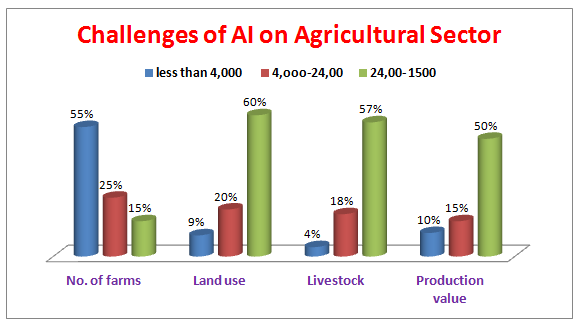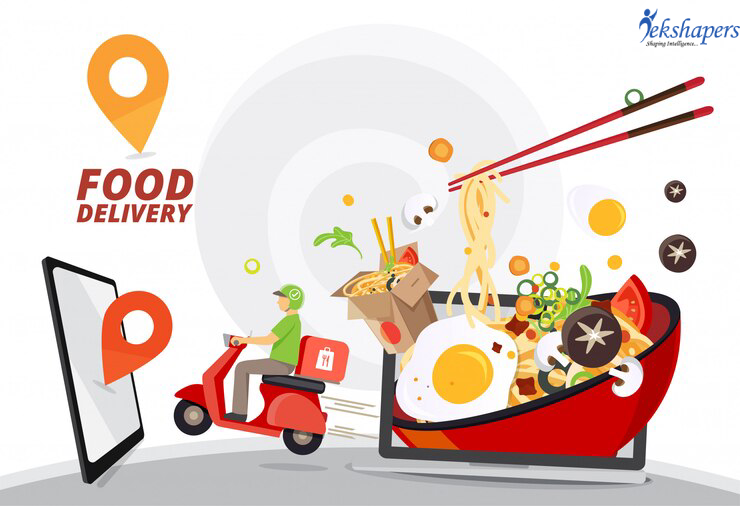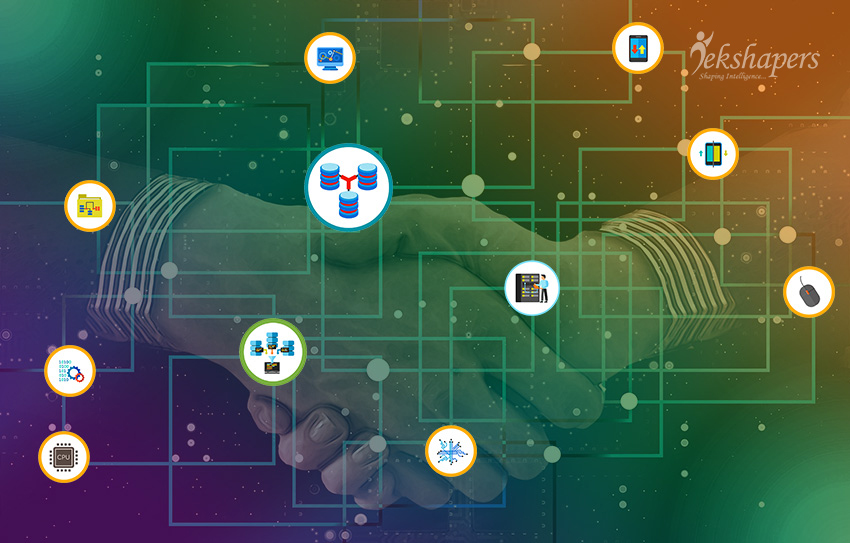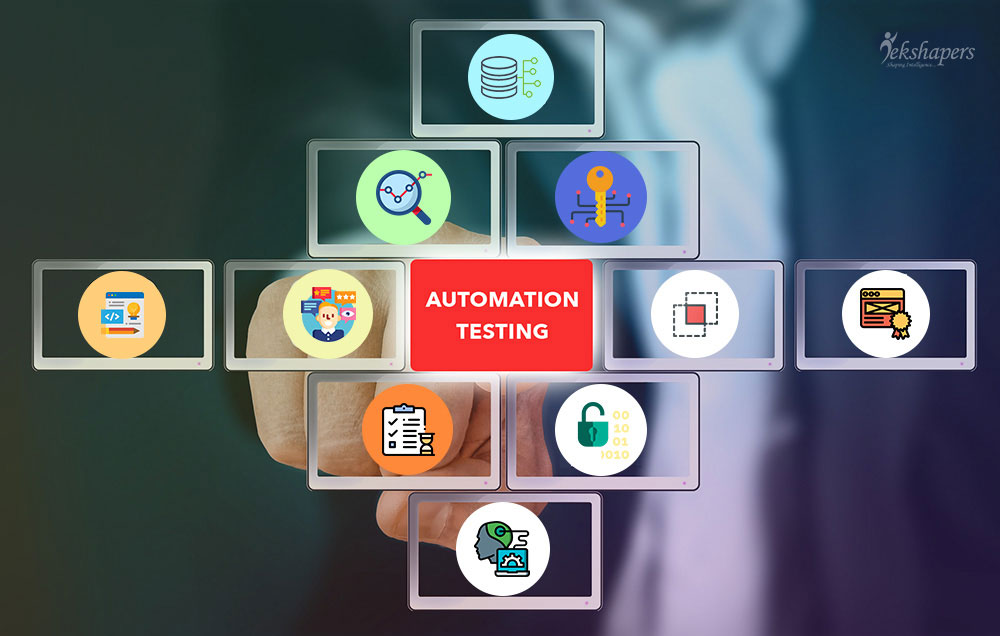How Artificial Intelligence is Reinventing in Agricultural Sector
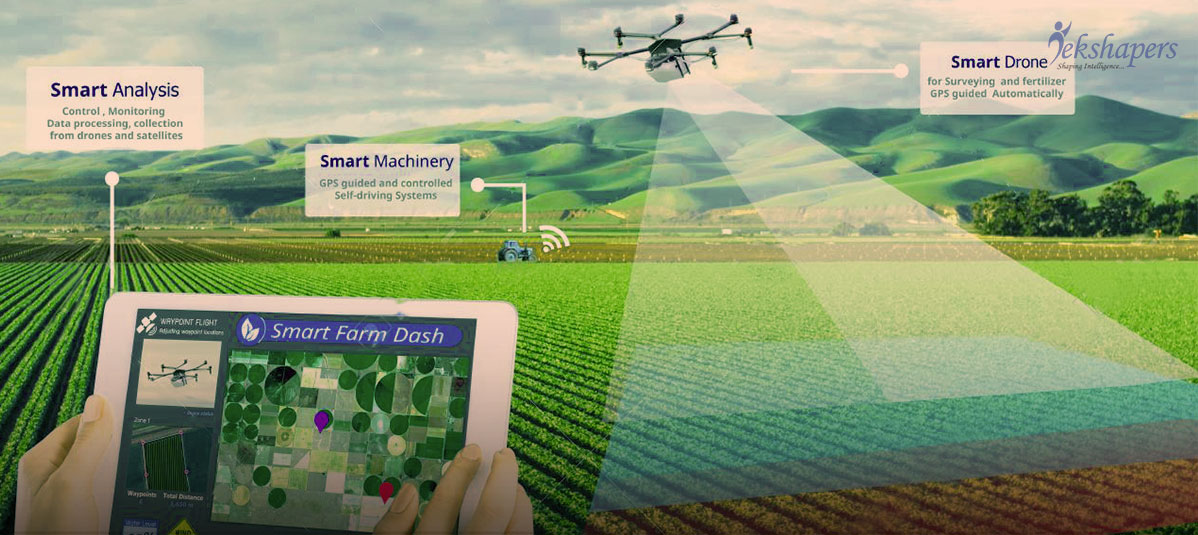
In our day-to-day lives, we people forget about the important role of agriculture. However, to provide food in sufficient quantity at an acceptable level of quality and then to distribute it effectively is far from simple. According to the reports, not only the rapid population growth (recent projection forecast a population of 9.7 billion people in 2050) but also the urbanization trend which leads to decrease the available workforce in the agricultural sector. By 2050, 66% of the population is expected to be urban versus 54% in 2014. Therefore, the demographics trend raises problems, which are named as increase the demand and reduction in the supply chain of agricultural products, the latter by decreasing the relative amounts of two important inputs: labor and land.

Over 58% of the rural households are depending upon the agricultural as their main principal means of livelihood, according to the reports of IBEF. The agricultural exports include 10% of the country’s exports and are ¼ exported principle commodity category in India. As per the reports of Department of Industrial Policy and Promotion (DIPP), the Indian agricultural services and agricultural machinery sectors have cumulatively attracted the Foreign Direct Investment (FDI) equity which inflows around $2.45 billion and the sector in food processing is attracted about $7.81 billion, in the year 2017 from April to June. With the aim of boosting innovation and entrepreneurship in agriculture, the government of India has introduced a new AGRI-UDAAN programme to mentor startups and enable them to connect with potential investors.
Impact of AI Solutions on Agricultural sector
Although AI has shown their massive impacts in providing the solutions to many of the increasing challenges, they also have a great impact on the disruptive potential of the agricultural industry as defined below:
-
Food quality & quantity
It is one of the best methods to improve the food quality with the help of an automated process for sorting the products which is referred as optical sorting. The major innovation in the food supply is the UAV (Unmanned Aerial Vehicle). They offer the solutions to many of the problems of large farms by scanning vast areas of land in real time for soil analysis, plant protection, crop anomalies, etc. Another crucial application is through sensor networks which have been a part of greenhouse climates controllers for a while, but the addition of AI-based techniques like neural networks have improved the yield and decreased the use of water and energy.
-
Lack of human labor
There are many technologies which help to reduce the requirements of human labor in the agricultural sector. Optical sorting system, autonomous UAVs etc have efficiently replaced the humans, but other innovations are also been designed specifically for this purpose. On the other side of Atlantic, there are several institutions that have joined forces to set up the automated harvesting machine called Demeter. They are capable of planning the harvesting operations for the whole field and then execute its plan by cutting crops and detecting the unexpected obstacles.
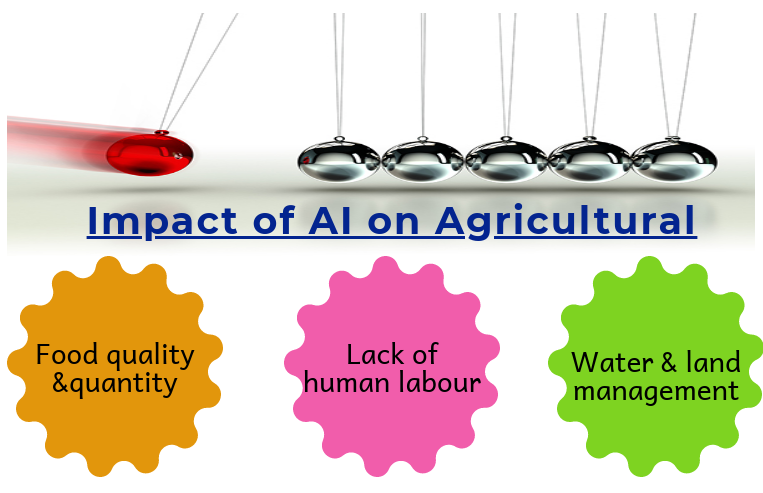
-
Water & land management
Several institutions and universities have been still researching on how to create a more efficient irrigation system and AI techniques have shown to be the promising factor in this area. There are many innovative systems that rely on the sensors or parameter modeling. It is worth noting the Enorasis project, who founded that developing a smart irrigation system can combine the meteorological analysis tool and a wireless sensor network for providing the optimized and sustainable water management system for farmers and organizations.
Benefits of agricultural industry from AI
Agriculture is the industry which is accompanied by the evolution of humanity from pre-historic time to modern times and fulfills one of the major needs of people i.e. Food supply. Around $5 trillion industry represents 10% of global consumer spending, 40% of employment and 30% of greenhouse gas emissions which continues to keep the pace with the evolution of today's economic world. Below are some of the benefits of artificial intelligence in the agriculture sector described in detail:
-
Maximum potential
While the digital transformation is disrupting the agricultural world much more, the data come to feed the systems solution like Watson IoT platform that helps to enhance the value by applying machine learning abilities for sensing the transformational management system.
-
Image recognization
The agricultural drones have already helped farmers to scan fields, monitor crops, and seeding or analyzing the plant health. According to very recent reports of IBM, IBM has partnered with the aircraft system to recognize APIs for commercial droned in order to capture the images, identify areas, etc.
-
Skills and workforce
In recent World Urbanization Prospect reports, UN has predicted that by the year 2050 around 66% of the world’s population will live in urban areas. This increasing urbanization will lead to a reduction of the workforce in rural areas.
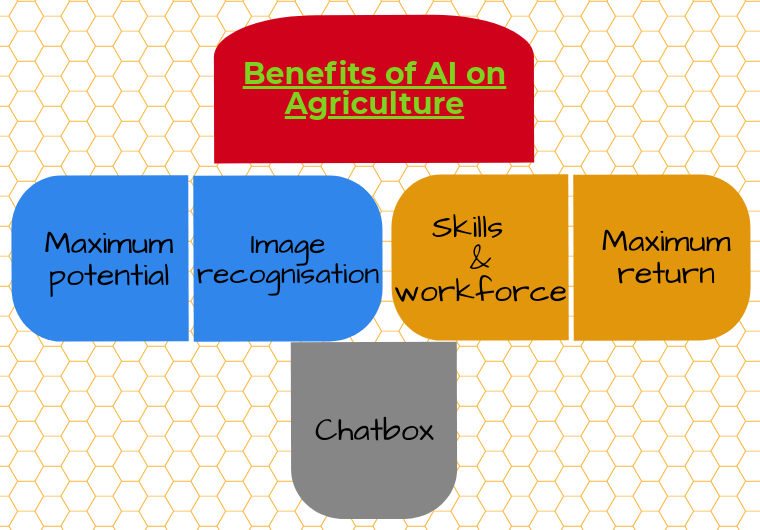
-
Maximize return
The massive use of cognitive technologies in agricultural could help for determining the best crop choice or the best hybrid seed choice for crop mix that is adapted to various objectives, conditions and better suited for farm’s seed.
-
Chatbots
Chatbox is the conversational virtual assistants who help to automate the interaction with end users. AI-powered the chatbox by using machine learning techniques, understand natural processing language and can interact with the users in a personalized manner.
Challenges of AI in the agricultural field
Hypothetically, it is possible for the machines to learn how to solve the issues on earth relating to physical interaction within a contained environment with the use of artificial technology. The efficiency and the productivity will rise in the coming years as precision agriculture is increasing bigger and farmers becoming smarter and more connected. According to the recent reports, it is estimated that by the year 2020 over 75 million of agricultural IoT (Internet of Things) devices will be in use by people, while the average farm is expected to generate an average of 4.1 million data points every day by the year 2050, up from 190.000 in 2014. With the increase in a number of connected devices which represents the big opportunity for food, it also includes more complexity for the farmers as well as the organizations.
The increase in digital agriculture and the technologies which are related to it has opened a wealth of new data opportunities. Remote sensors, satellites, and UAVs help to gather the information 24 hrs per day over the complete fields. These can also help to monitor plant health, soil condition, temperature, humidity, etc. The amount of data these sensors can generate is amazing, and the significance of the number is hidden in the avalanche of that data. The idea behind all this is to allow the farmers for gaining a better understanding of the situation on the ground through advanced means of technology which they can’t see with their naked eyes. The more is the input collected by statistical information; the better will be predicted by the range of customers.
Conclusion
There is an increase in the potential for artificial technology and the machine learning for revolutionalizing these technologies into critical markets on global sale. Only then, the difference can be created to grow, where it really counts. For technology to make a real impact on fields, more skills and efforts along with funding it require to test the farmer’s fields.
Recent Blog

Why Your Business Needs a Mobile App?
06-Dec-2022Related Blogs

How Beacon Technology Impacts Business
27-Apr-2018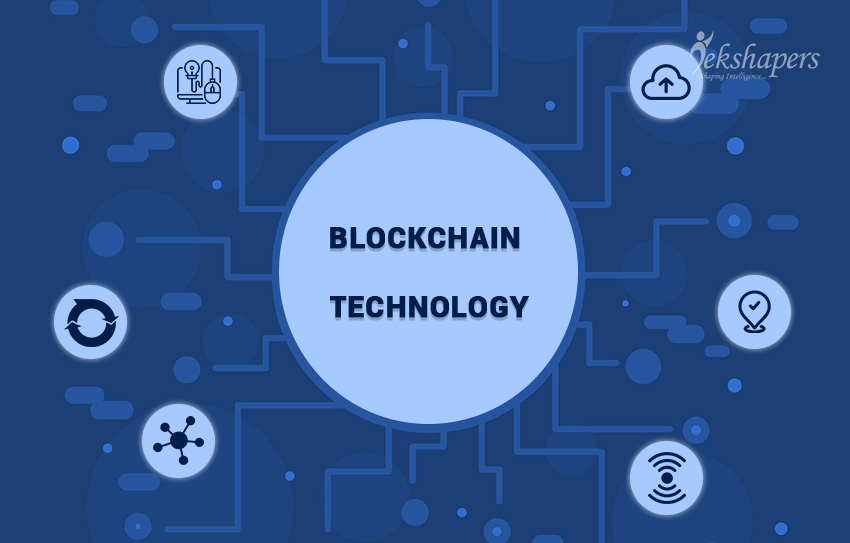
What will be the Future of Blockchain Technology
14-May-2018
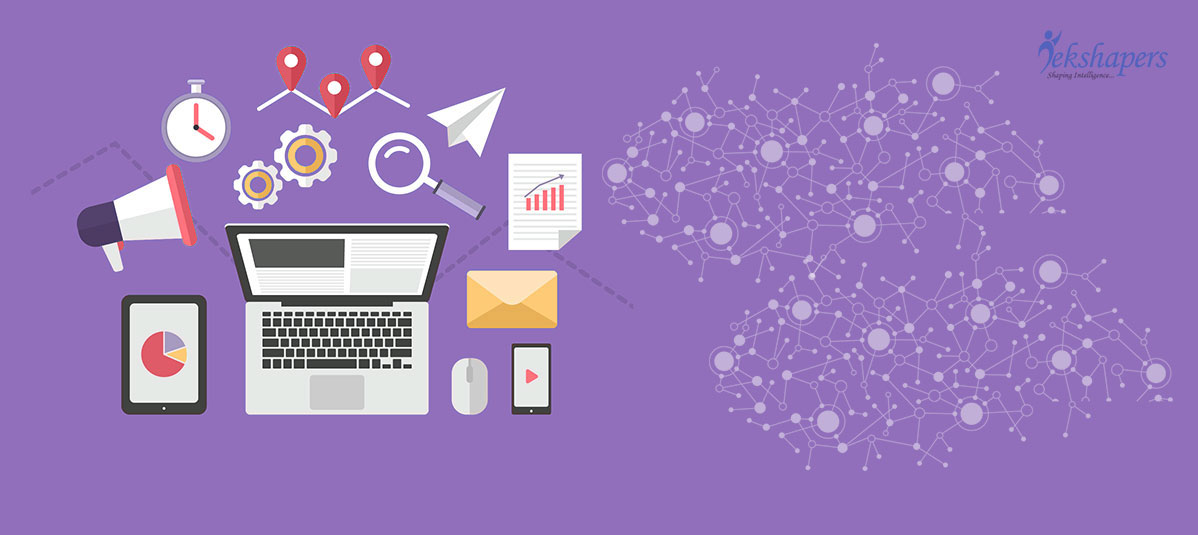
The Complete Guide on Enterprise Data Analytics
17-Aug-2018